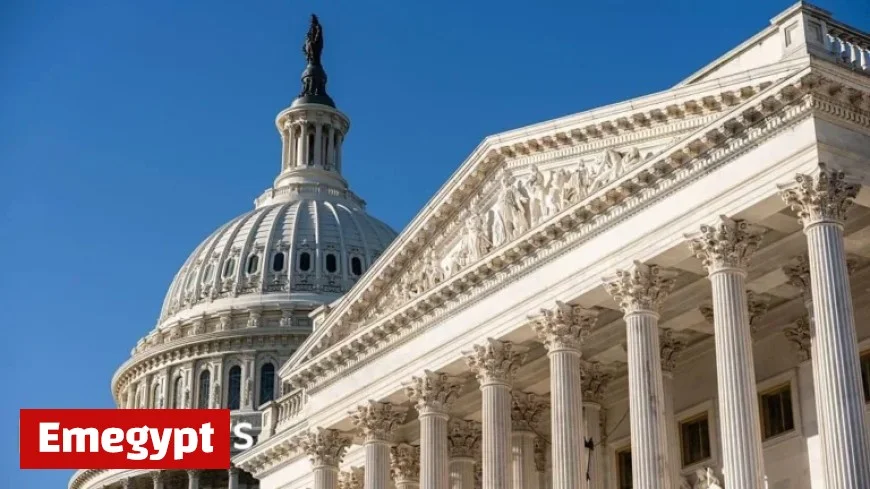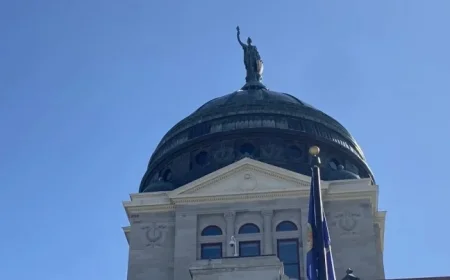US Government Shutdown: Causes and Implications Explained

The ongoing US government shutdown, which began on October 1, has significant implications for federal services and employees. It marks the first shutdown in nearly seven years, resulting from a budget impasse between Republican and Democratic lawmakers.
Causes of the US Government Shutdown
The current shutdown is rooted in the inability of Congress to pass a budget before the expiration of the previous federal budget on October 1. The Republican-controlled Congress faces a challenging landscape in the Senate, requiring 60 votes to pass funding legislation. This constraint grants Democrats negotiating power, as they seek to include vital provisions for healthcare subsidies and Medicaid funding in the budget bill.
Political Dynamics
President Trump has indicated a willingness to leverage the shutdown to implement further budget cuts, complicating the negotiations. The Democrats are advocating for extensions on tax credits essential for affordable healthcare and oppose cuts to crucial government health agencies.
Impact on Federal Services
While not all government services cease during a shutdown, many are affected. Approximately 1.4 million federal employees are facing unpaid leave or working without pay.
Essential Services
- Law enforcement and border protection continue operations.
- Healthcare services, including in-hospital medical care, remain available.
Disrupted Services
However, many operations are noticeably impaired:
- Air traffic control has seen cancellations and delays due to staffing shortages.
- Research projects at agencies like the National Institutes of Health are stalled.
- Funding for the Supplemental Nutrition Assistance Program (Snap) will cease on November 1 for about 41 million recipients unless resolved.
- Federal-funded institutions, including many national parks, have closed.
Economic Consequences
The impact of the shutdown on the economy is concerning. Analysts predict a reduction in economic growth by 0.1 to 0.2 percentage points for each week it continues. This translates to potential losses of around $15 billion weekly.
Long-term Effects
Delays in federal approvals and contracts also hamper economic activity. Experts warn that prolonged disruptions could affect consumer spending, particularly during the critical holiday months of November and December.
Previous Shutdowns in Context
Government shutdowns have occurred with increasing frequency over the past five decades, often reflecting political conflicts within Congress. The last significant shutdown lasted 35 days from December 2018 to January 2019, driven by disputes over funds for a border wall.
Conclusion
The current government shutdown highlights the complexities and challenges of US budget negotiations. As Congress navigates this contentious situation, the effects on federal employees and the broader economy may continue to unfold. The resolution depends on cooperating across party lines to reach a funding agreement.





























